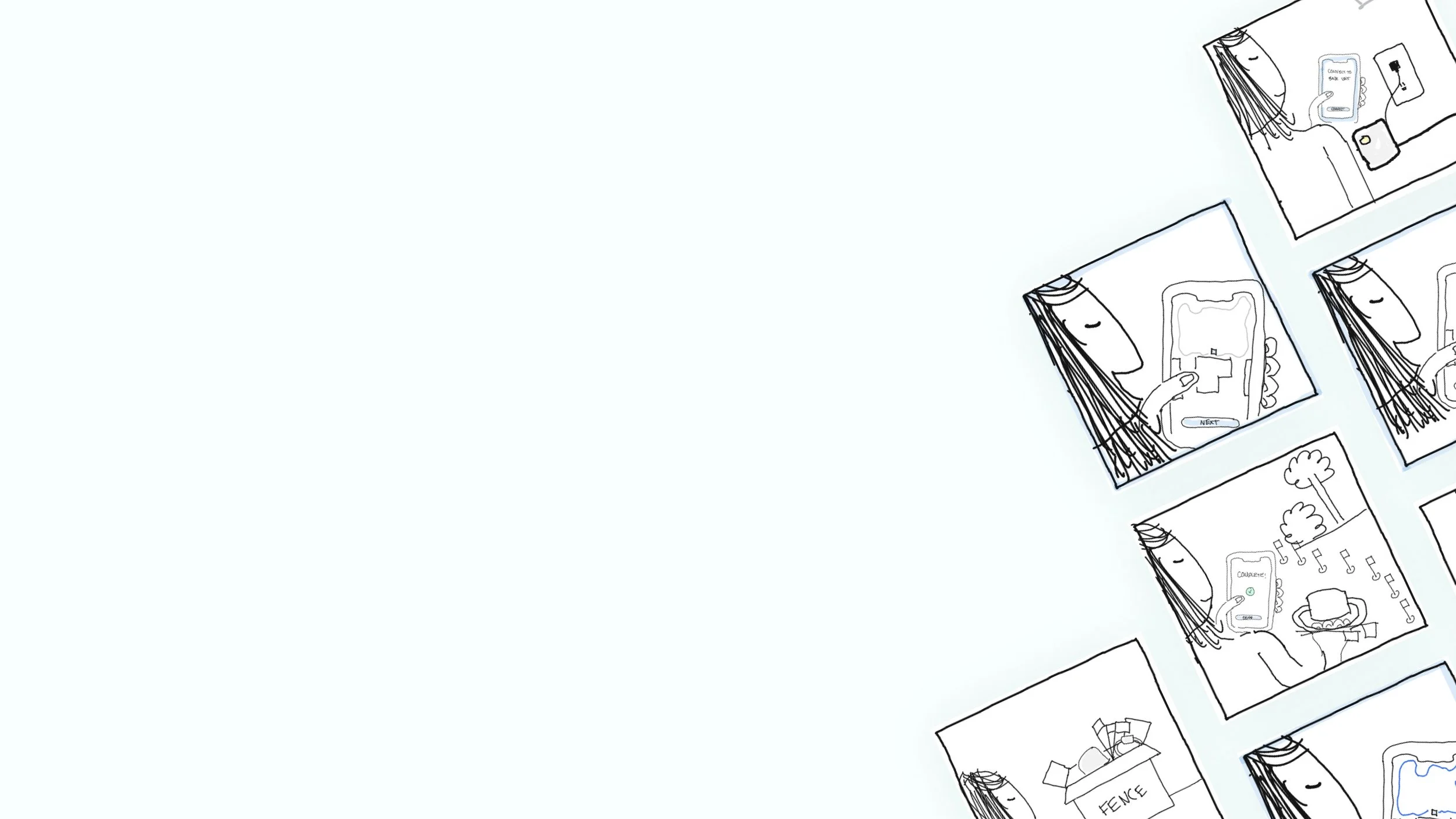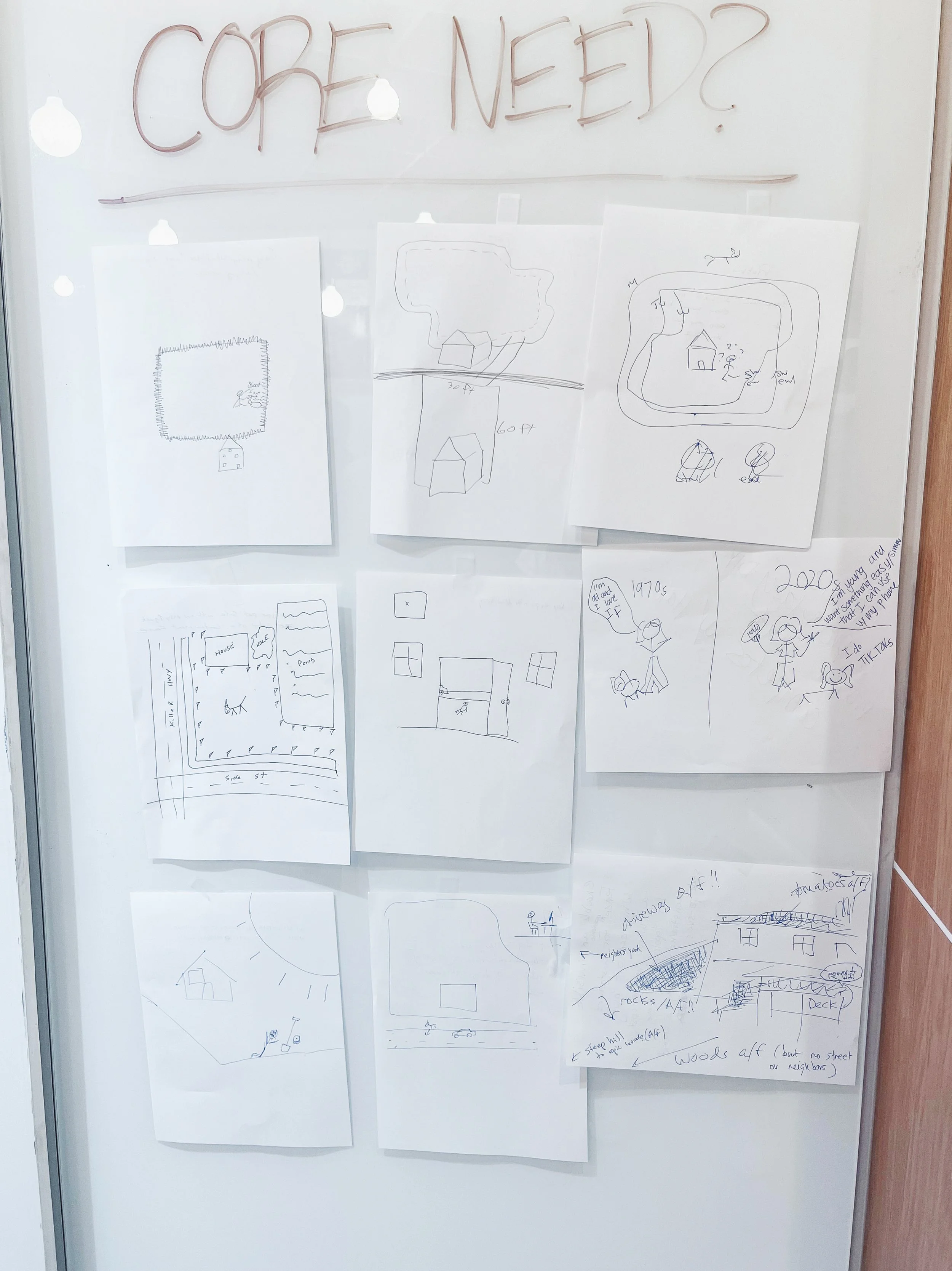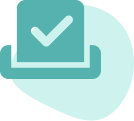UX Design Project - PetSafe Brands
Leading an experience vision session to define the product experience
As the lead UX designer at a pet tech company known for its innovation, I led UX efforts for a 15-year research project turned product development effort.
I soon discovered no one had a clear goal for the product or had defined the customer need it was supposed to solve.
This lack of direction meant the team was heading towards completely different outcomes, potentially derailing the entire project. I knew I had to step in and get everyone on the same page.
The Problem
What I Did
-

Created A Strategy
After proposing facilitating an experience vision session to help guide the project team, I strategized framing the purpose and goals, facilitation tactics, and visuals for the session.
-
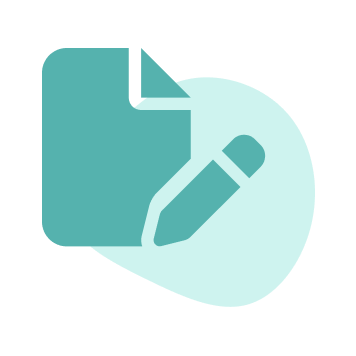
Created Storyboard Visuals
To help the team visualize potential outcomes we could achieve with the product, I created three different good, better, and best versions of experiences for setup in storyboard visuals.
-

Led Collaborative Session
I scheduled a cross-functional session, facilitated alignment on the problem the product was solving, guided discussion around the different options, and helped the project team align to a vision.
Key Project Takeaway
Because I recognized the problem, took the initiative to host an experience vision session, and organized and facilitated the session so effectively, the team had space to decide on the option they thought was best without being influenced by others and had an open discussion about the timeline and technological limitations furthering the project's success.
-
Challenges
• Facilitating an environment where project team members felt comfortable sharing their thoughts or blockers.
• Creating a product experience that made new technology and interactions match customers’ mental models quickly.
• Ensuring the team had a shared understanding of the desired outcomes captured in the storyboards.
-
Learnings
• Collaborating with others on the strategy and framing resulted in a successful vision session.
• Preparing different setup experiences allowed the team to see the gaps between current and potential future capabilities.
• Investing in intentional relationships with team members allowed me to foster a safe environment for open, honest discussions.
Creating a Strategy
During my initial stakeholder interviews, I discovered a lack of consensus on the core problem this new product was meant to solve. To address this and establish a shared vision, I pioneered a collaborative experience vision session — a new concept at PetSafe Brands.
Defining the Session Objectives
The primary goals of the experience vision session were to
Foster a shared understanding.
Identify constraints and opportunities.
Define the desired customer experience.
Reach consensus and align.
Creating Storyboard Visuals
To guide the conversation, I created three storyboards depicting "Good," "Better," and "Best" versions of the product setup experience. My experience with existing products, competitive analysis, and user research informed the different versions.
By presenting different scenarios, I aimed to spark conversation around feasibility, desirability, and viability, ultimately helping the team visualize the optimal user experience.
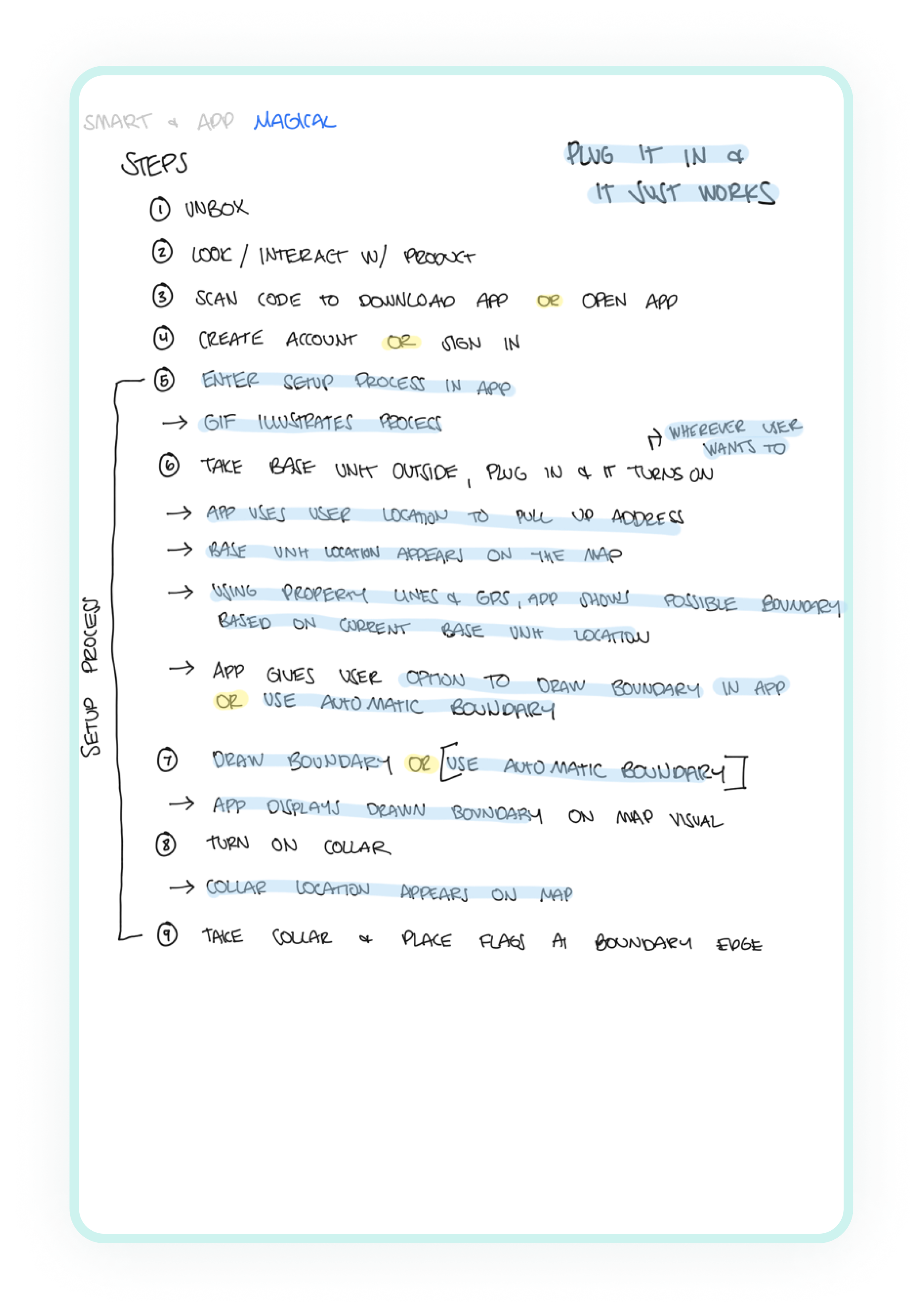

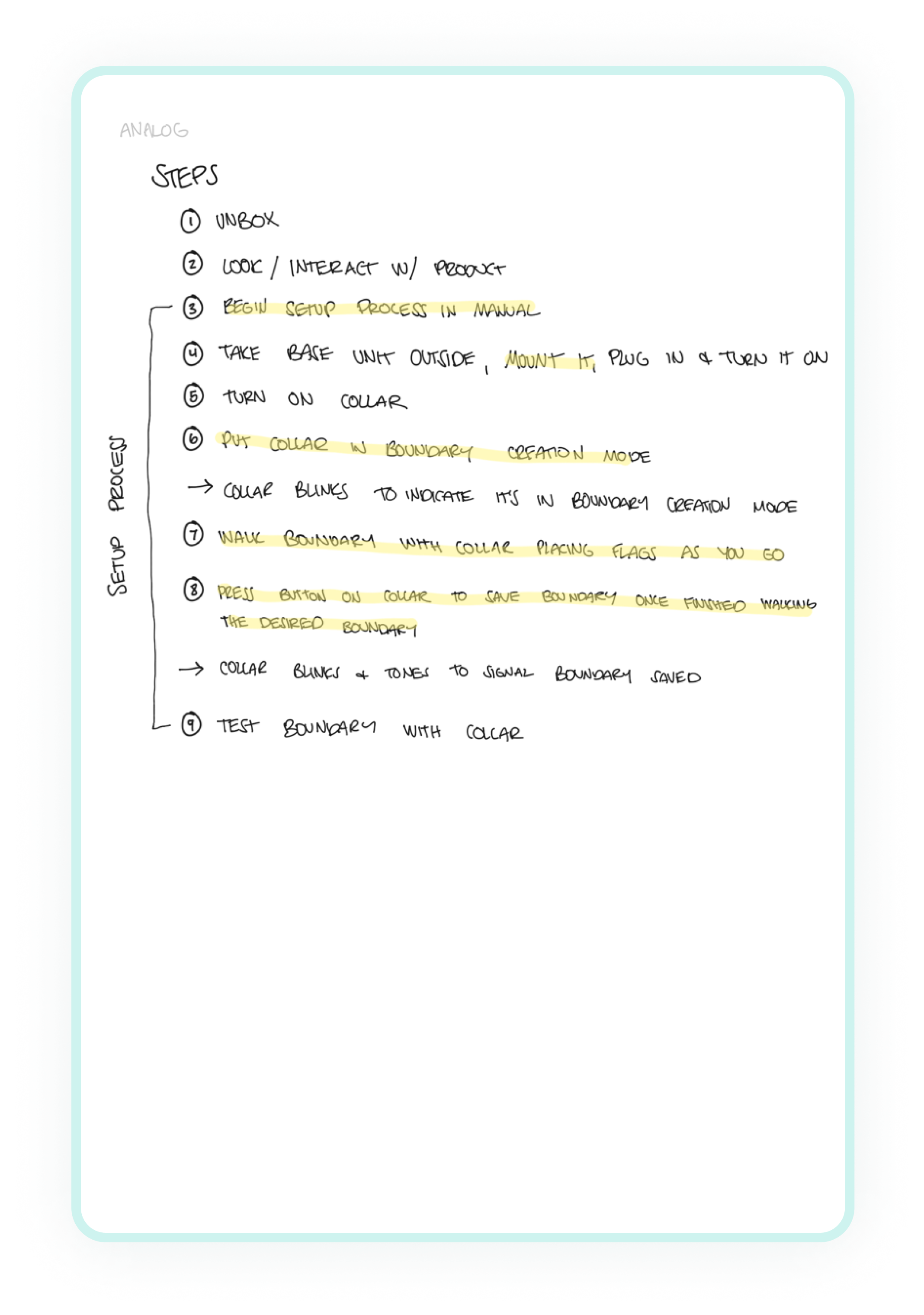
Aligning on the Problem Statement
I started the session with an icebreaker designed to uncover the team's assumptions about the customer need. By having everyone write and visualize a problem statement, we quickly discovered we weren't all on the same page, highlighting the need for alignment before brainstorming solutions.
Core Need
I need a wireless fence I can customize to my yard.
Choosing a Flow
To encourage engagement and incorporate a business perspective, I had a stakeholder present each storyboard, highlighting the potential impact and outcomes for the company. The team then examined the options in detail and voted on the scenario that best balanced feasibility, desirability, and viability.



Discussing the Chosen Option
We then carefully analyzed each step of the preferred user journey, considering potential roadblocks and opportunities for innovation. This deep dive ensured the chosen option balanced desirability, feasibility, and viability before moving forward.
Key Takeaways
Teammates were concerned about IoT aspects increasing timeline.
Teammates assumed the third option included some IoT elements.
More refinement was needed.
Next Steps
Because more refinement was needed, we did not align to a final vision. We planned a second session where the team would finalize the modified version and align to the experience vision for the product.
Vision Session Round 2
I created three more experience vision versions based on our conversation and modifications discussed in the first vision session.
Planning for Round 2
My director and I met to retro how the first session went and discuss UX strategy for the next session.
Considering the risks we discussed as a group in the first session and the modifications proposed, I put together options to help the team align to a feasible, desirable, and viable solution for this product considering the tight timeline we were given.
Voting on the Vision
The first session primarily focused on app integration within the fence setup. A key outcome was an open discussion about the effort required for various implementation options.
I presented three scenarios: app-centric control, shared app/collar control, and collar-centric control. In the second session, we met to vote and finalize the preferred approach.
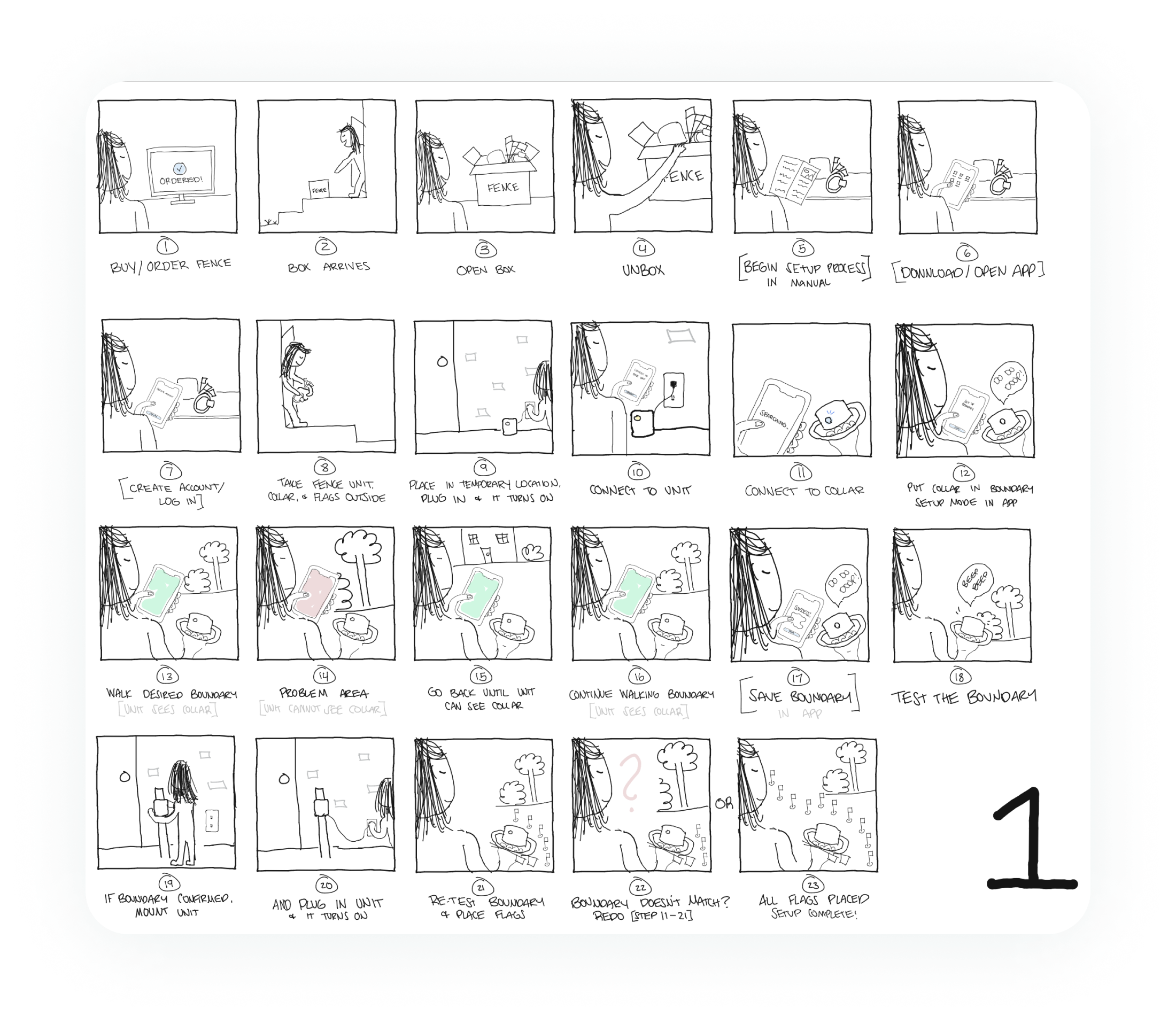


App + Collar Setup
After voting, we looked in depth at the option that got the most votes, aligned to the vision, and discussed risks.
Key Takeaways
Technology limitations can create complications during setup.
Testing was needed.
Healthy discussion led to alignment.
Next Steps
To validate the vision we aligned on was the right approach, I recommended developing an app prototype and gut-check testing the setup process.
